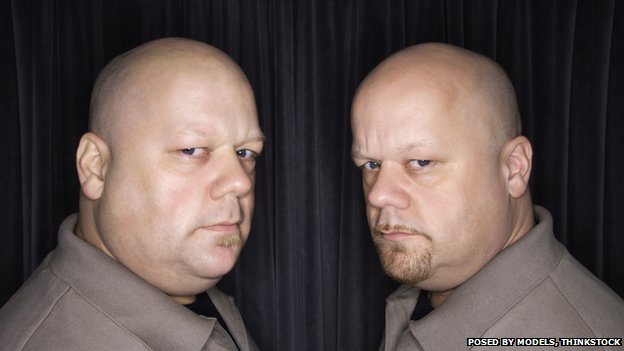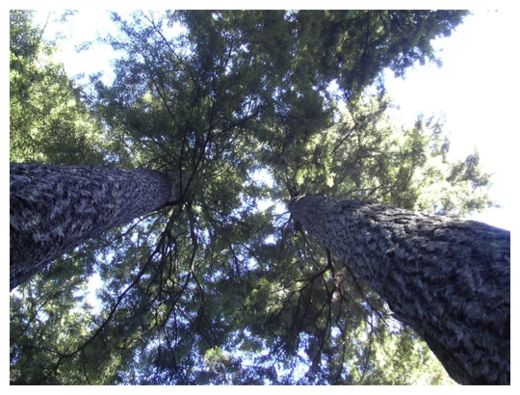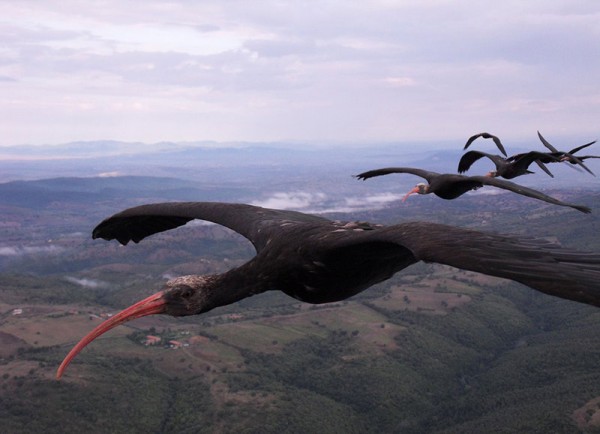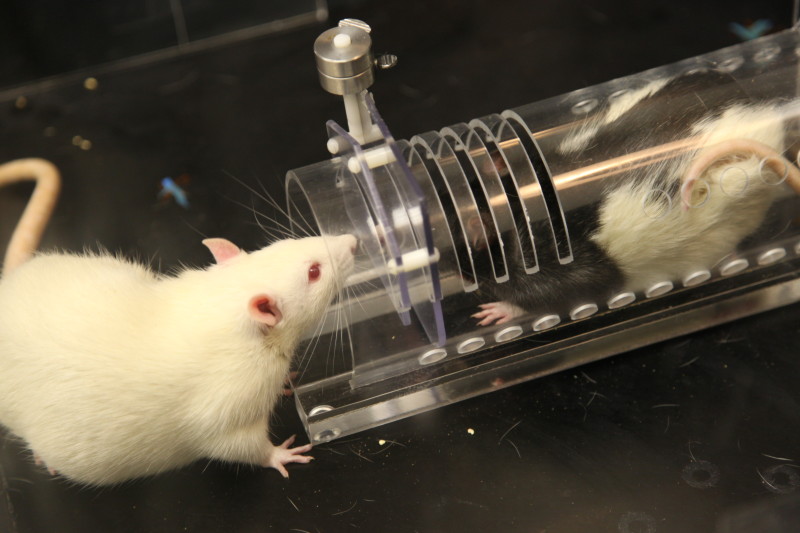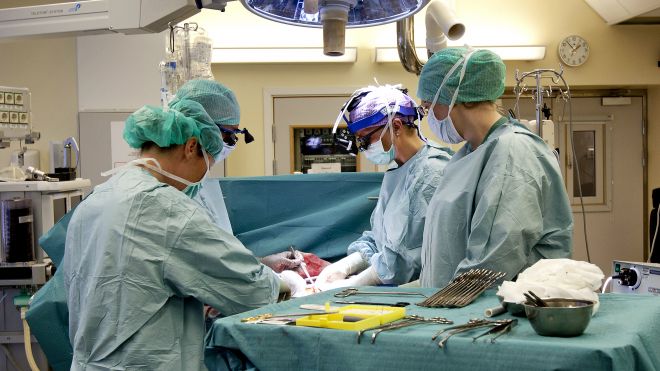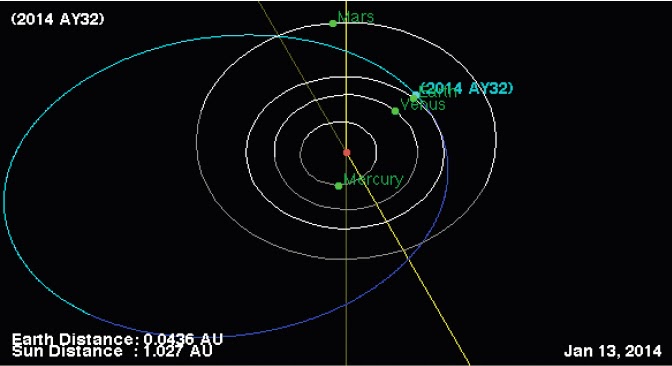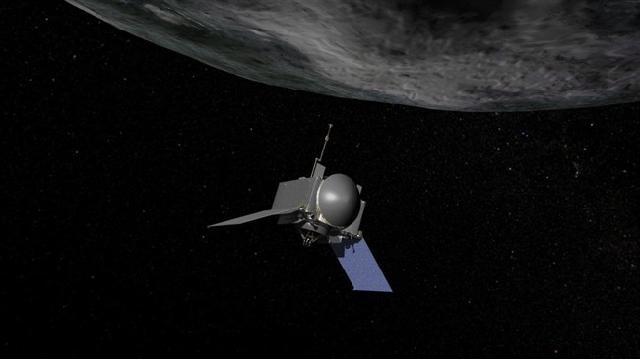
NASA is inviting people around the world to submit their names to be etched on a microchip aboard the OSIRIS-REx spacecraft, which will first travel to an asteroid in 2016.
OSIRIS-REx will use a vision system provided by Canada.
The space probe will spend more than two years at the 500-metre-wide asteroid, named Bennu.
Its main mission is to collect at least 60 grams of material from Bennu's surface and return it to Earth in 2023 in a sample return capsule.
Anyone wishing to participate in "Messages to Bennu!" should submit their name online no later than Sept. 30 at: http://planetary.org/bennu
After a person submits their name, they will be able to download and print a certificate documenting their participation in the OSIRIS-REx mission.
Once the capsule with the sample deploys, the spacecraft will be placed into a long-term orbit around the sun, along with the microchip and every name on it.
NASA says the OSIRIS-REx science mission will help identify the population of potentially hazardous near-Earth objects, as well as those suitable for asteroid exploration missions.
U.S. President Barack Obama has indicated that his goal is to send humans to an asteroid by 2025.
Source: The Canadian Press
